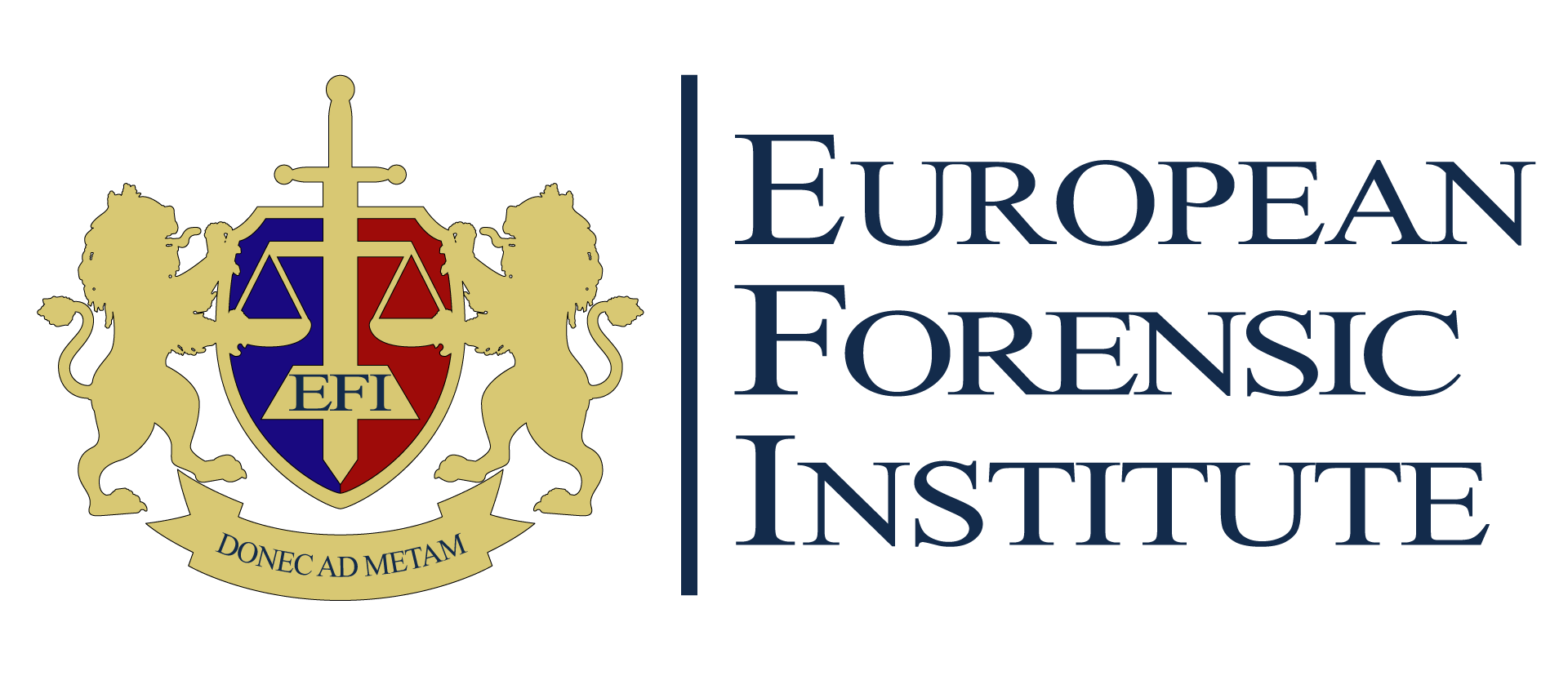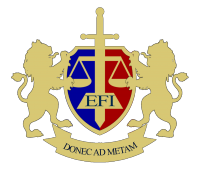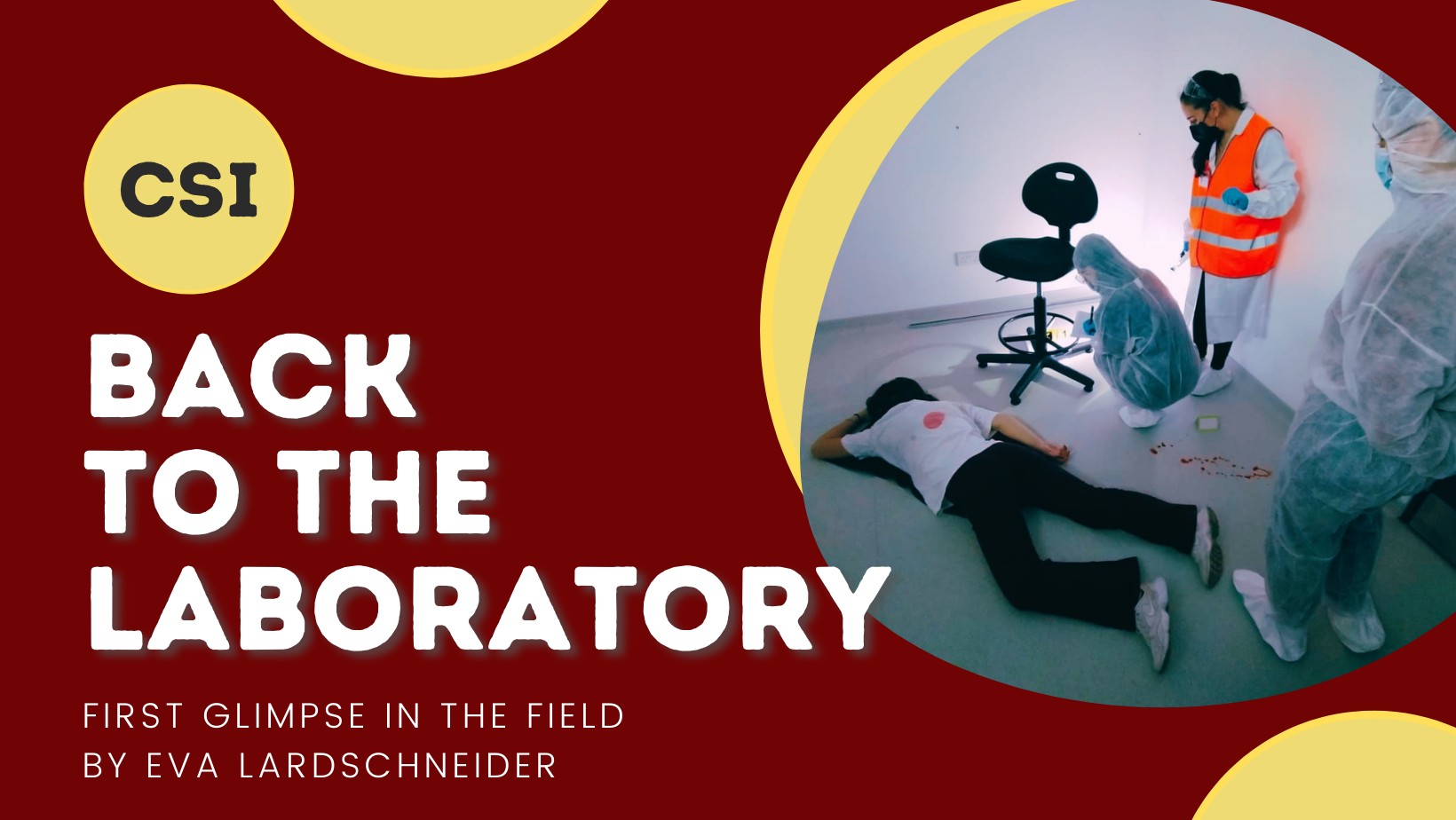I think that everybody who takes part in this course can agree when I say: I watched CSI or criminal minds and what they do seems so cool and interesting, I want to do that too. But what is actually ‘that’ that drives the urge of wanting to study this subject? Some people will say profiling, others might say crime scene investigator, but nobody knows, what is behind all ‘that’. This is probably also why we had the big opportunity to take part in a laboratory session which lasted one week. It was intense and frustrating sometimes, but let’s start from the beginning.
The first day we arrived at Malta Life Science Park, everyone was excited and curious about what was about to come. We all got our badges and had our first assignment handed to us. ‘Describe the crime scene from general to detail’, was our task. So right away you heard pens scribbling and fingers typing. As soon as everyone was done with it, Prof. Rampulla asked some of us to read it out loud, which was a big part of the whole assignment, because each one of us got to hear and realise, what he or she missed in their own description and what one thought was important while the other did not even notice. Basically, the first day showed us that everyone puts a different weight on different things and details. This might be one of the main purposes of teamwork; not everyone has the same opinion or sees the scene the same way as the other and pays attention to different details.
A team can only work if there is proper communication between the members
The first day soon led to the second, which was very exciting for each and every one. We got to examine a crime scene that happened inside of a building. First, we were split into two groups and after that, the manager and all the other roles in the team had to be decided. The only thing we knew was that the two scenes related to each other, therefore, communication had to happen between the two group leaders. That was the key and our lesson on the second and third day. A team can only work if there is proper communication between the members and, in this case, the two groups. Those two days we learned a lot and got to see the real job that people in criminalistics mostly must carry out. There was a lot of thorough work that must be done. But everyone must do their part, otherwise the work cannot be done properly and correctly.

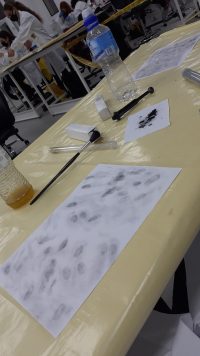
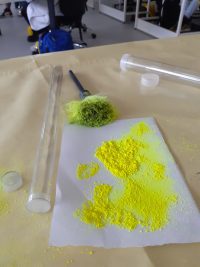
All the objects on the simulated crime scene as well as fingerprints were examined on the fourth day of the labs. On the morning of that day, we started with dactyloscopy. We all got to do our very own fingerprint analysis which was very interesting and insightful. Learning which kind of typology we have, analyzing one fingerprint to find at least 16 minutiae and name them and so on. In the afternoon we went on with some of that until we changed topic to analyze the objects. We looked for fingerprints, for small dirt particles and fibres. The techniques we used for these examinations were mainly: knowing which powder and brush to use according to the object or using the microscope to check for small differences or particles not visible to the naked eye. And with that, we got quickly got to the last day, when we had to work on the report altogether. Everyone gave inputs and helped with proper phrasing or gave feedback on what we could improve.
By the end of this week, we were all full of new information and had more insight into our course. Classes held in presence have the advantage that the learning and lecturing of topics are more interactive, but unfortunately, the remote option is the only one we can consider right now during this pandemic, and we must be lucky that we had the opportunity to travel to Malta to take part in the lab sessions.
Eventually, this week might have increased someone’s urge to become what they always wanted, and someone might have seen what they probably will avoid when they are in this field. In the end, both outcomes of the lab sessions are good, because they shaped us a little more into the ones whom we want to become.
All photos and article credit to the writer: Eva Lardschneider
